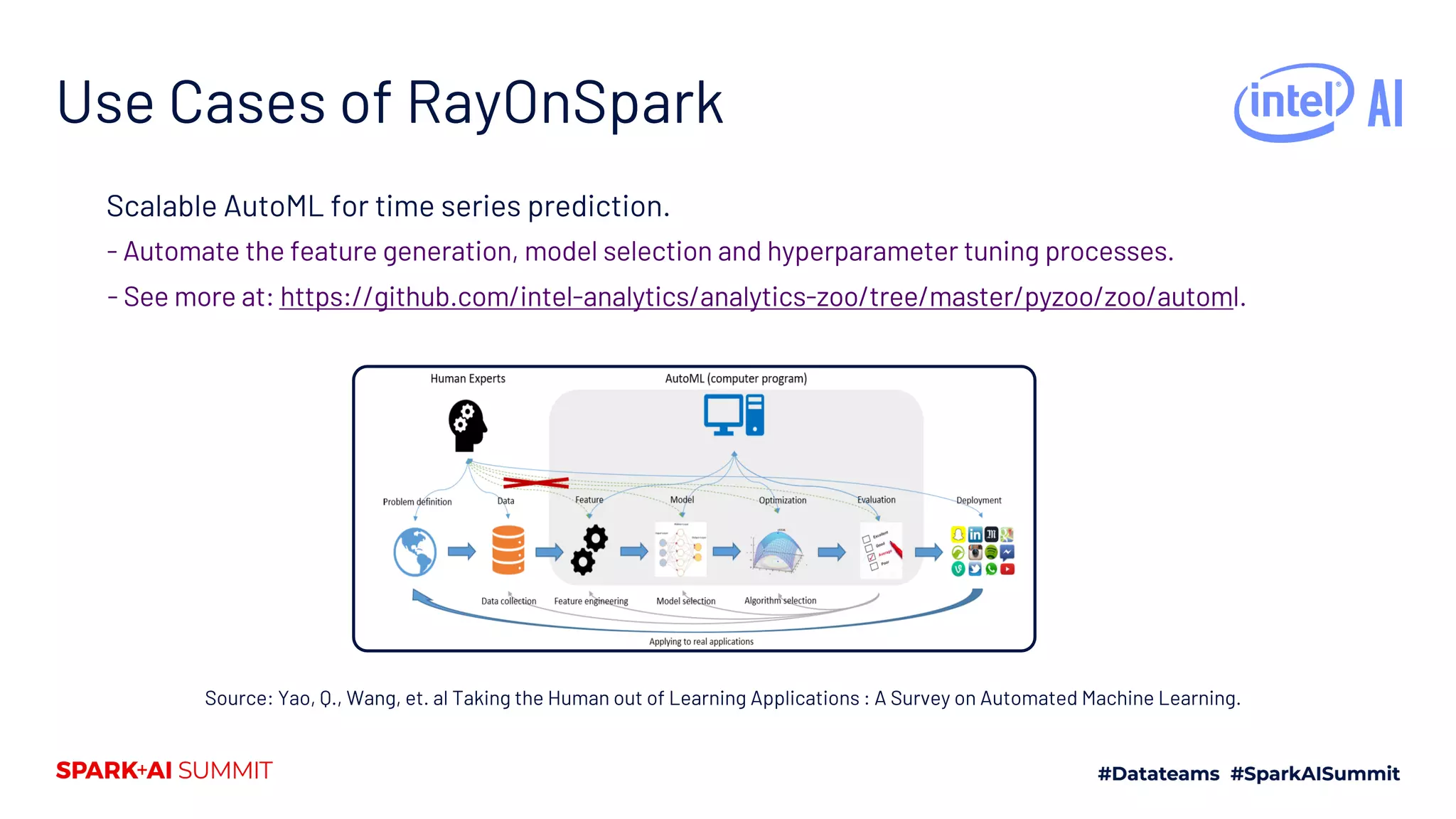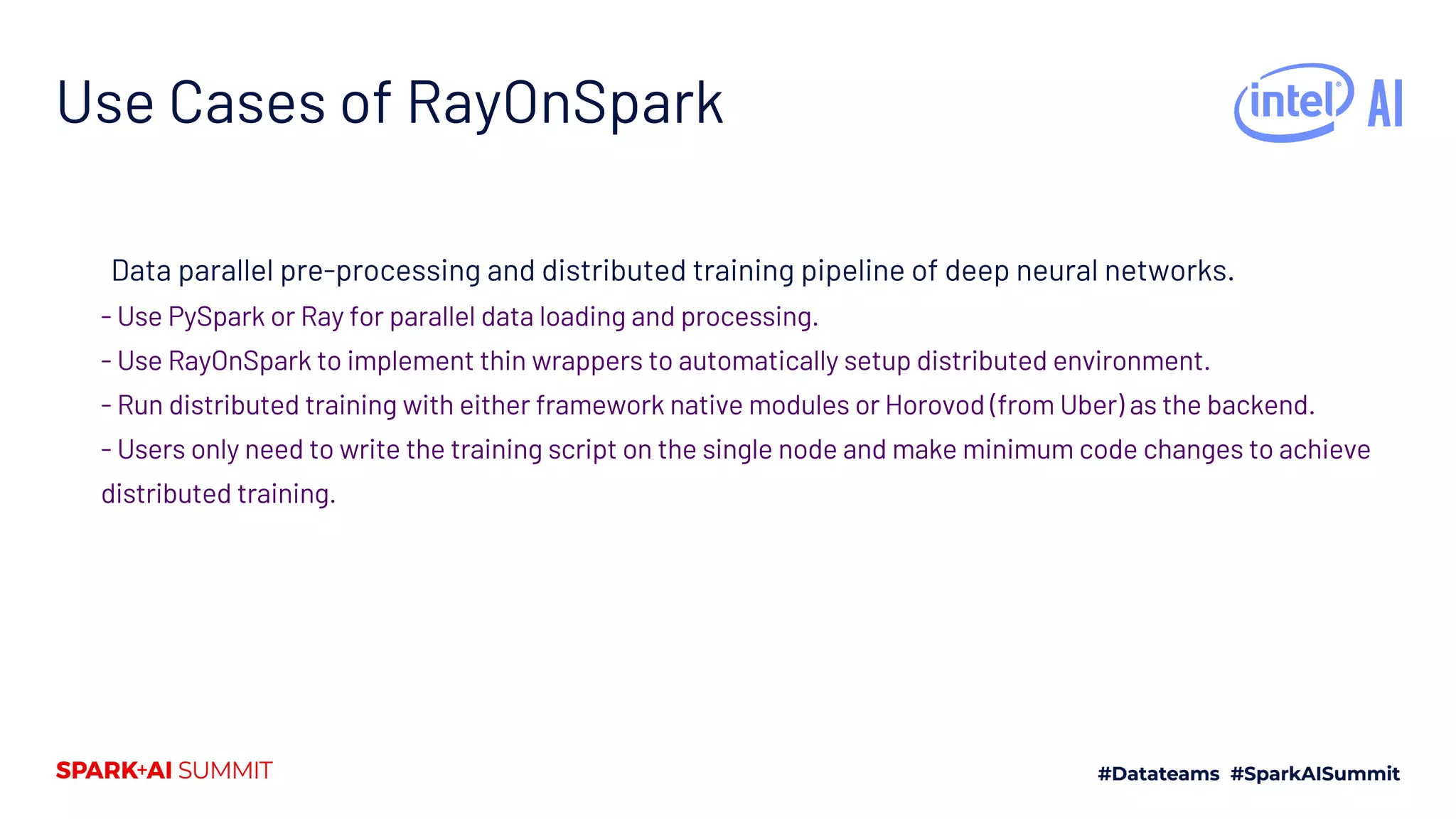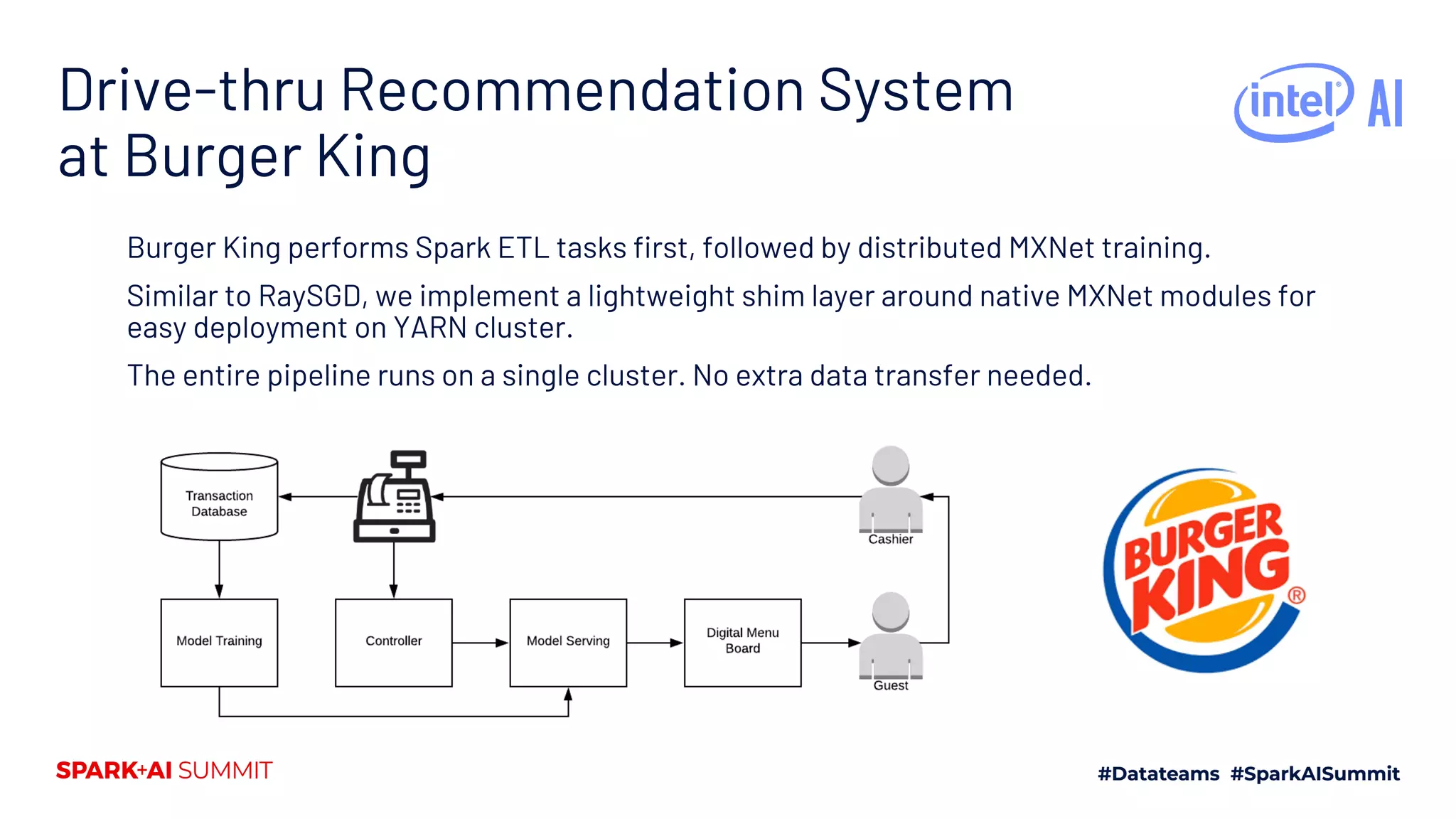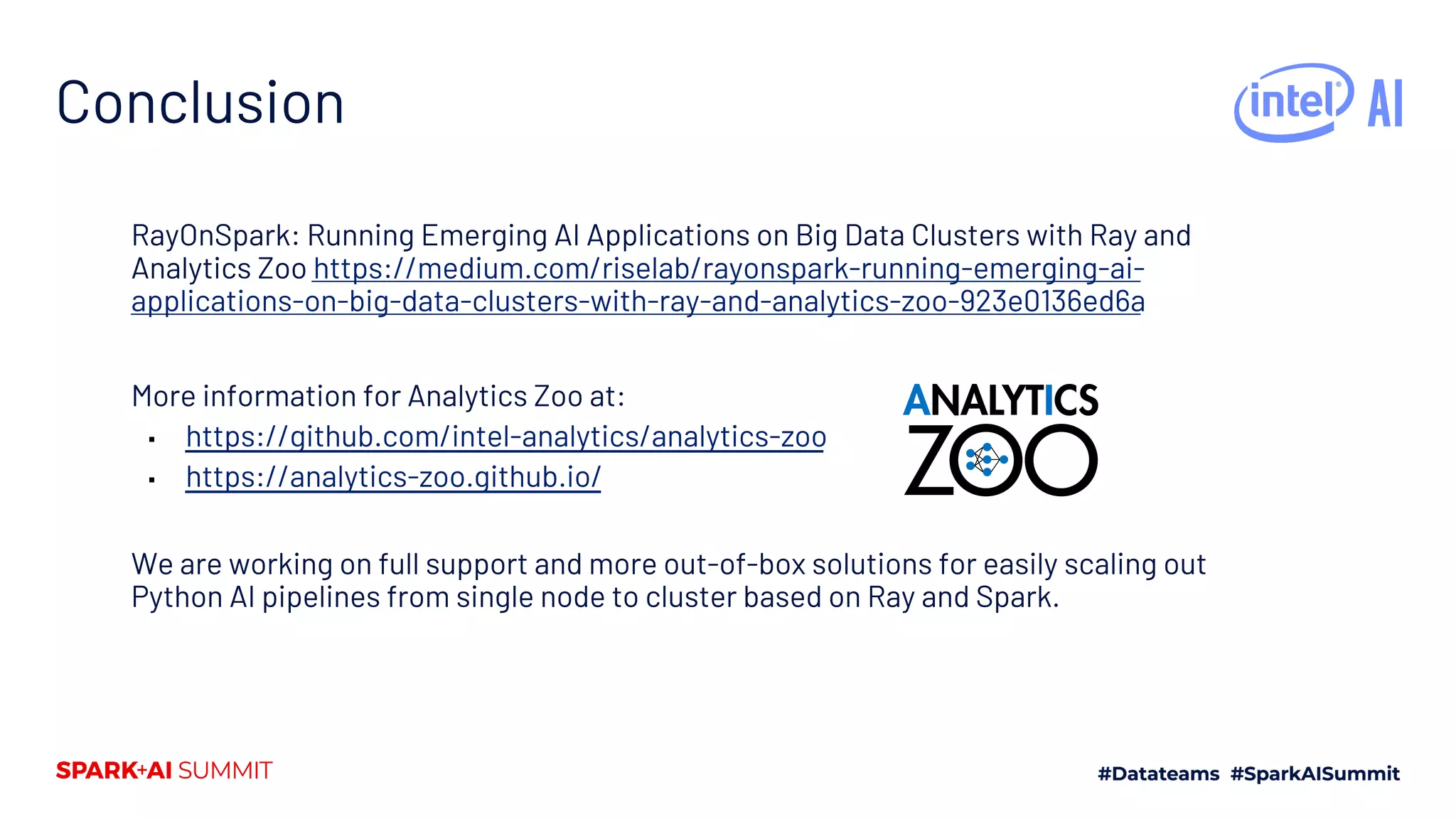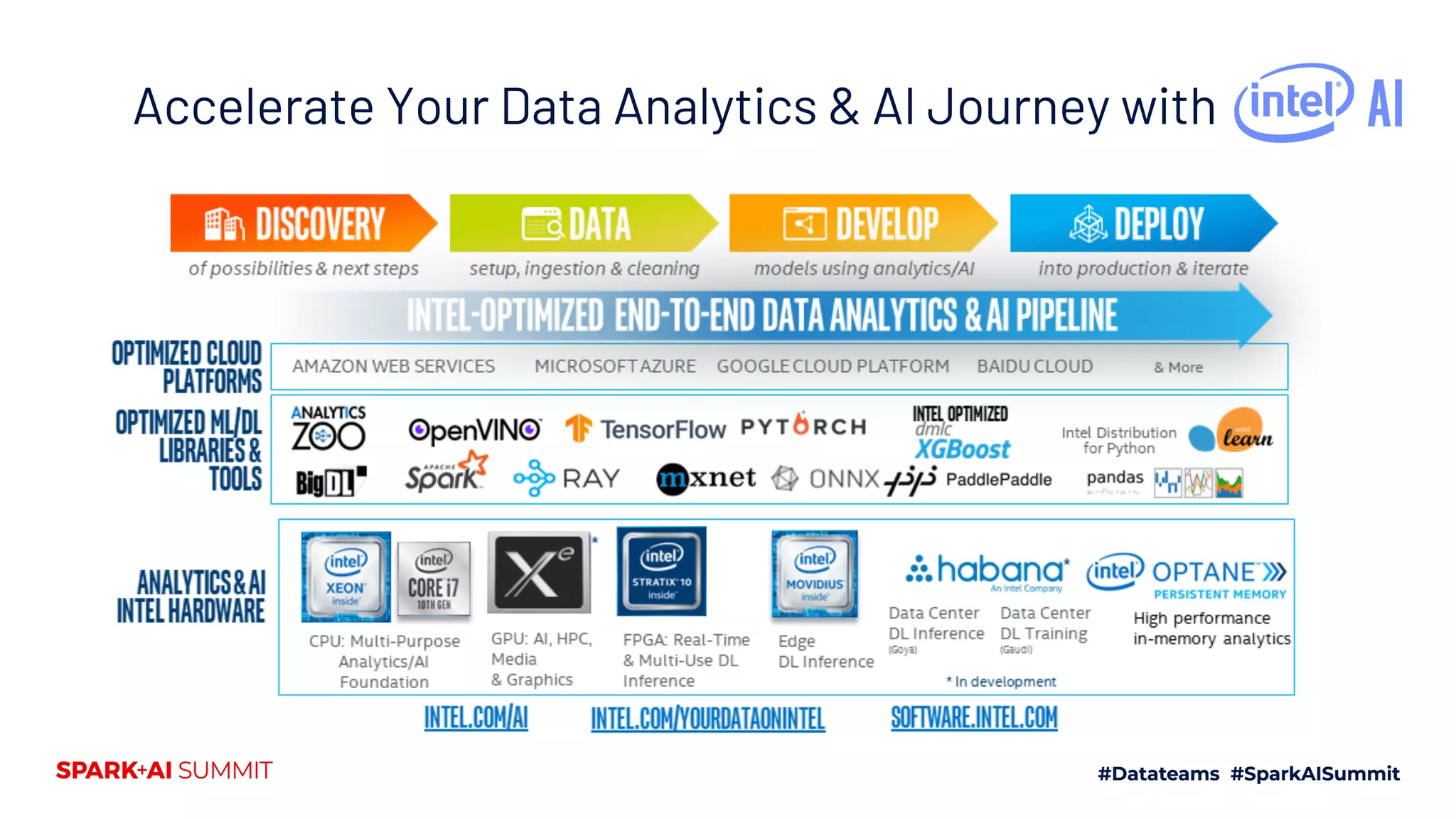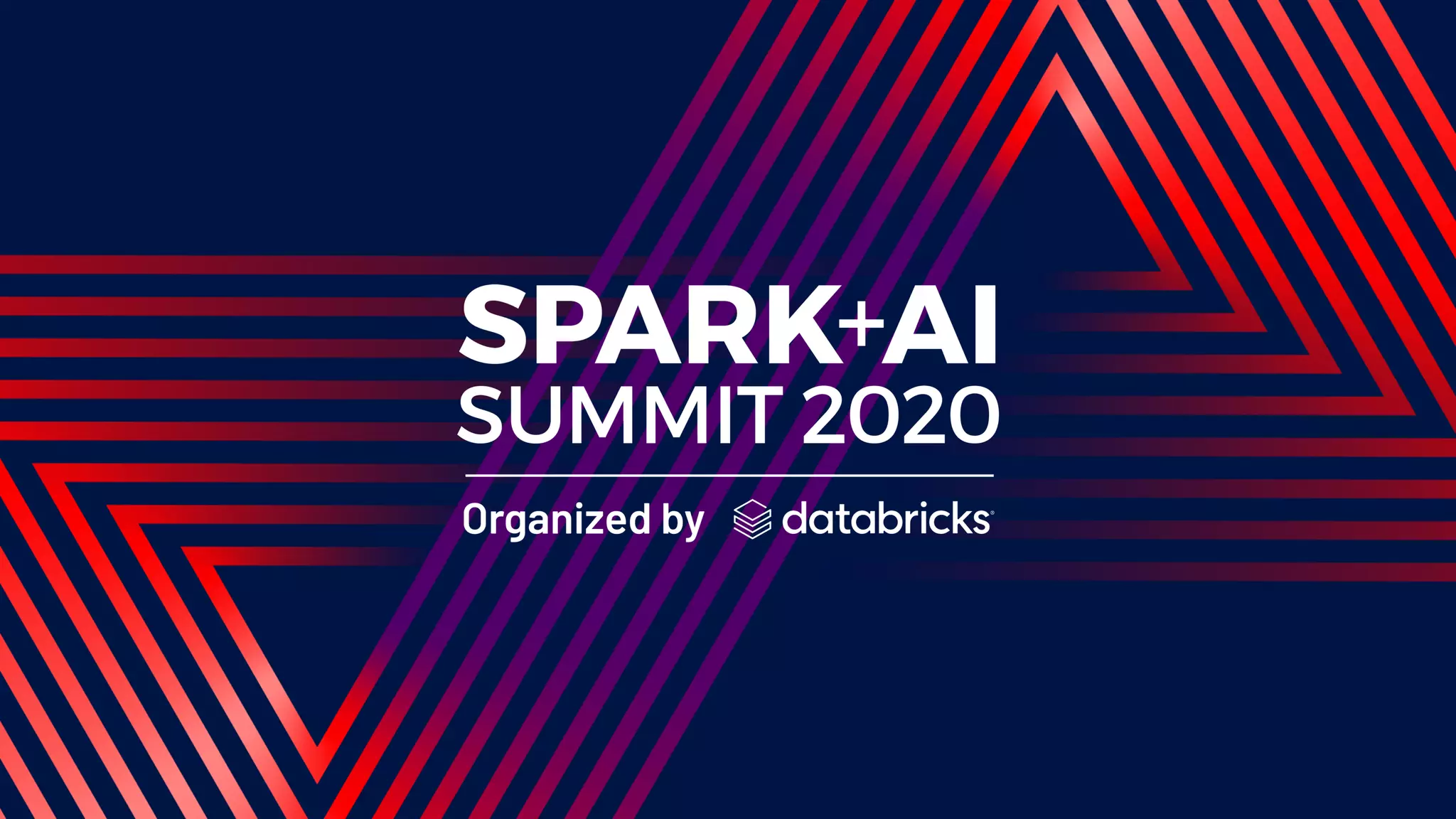The document discusses the integration of Ray with Apache Spark for deploying AI applications on big data platforms, highlighting its capabilities in distributed deep learning and automated machine learning workflows. It outlines the implementation details, including a seamless environment setup and use cases like time series prediction and deep neural network training. The document emphasizes the ease of transitioning from local to cluster environments with minimal code changes, backed by examples such as Burger King's recommendation system.
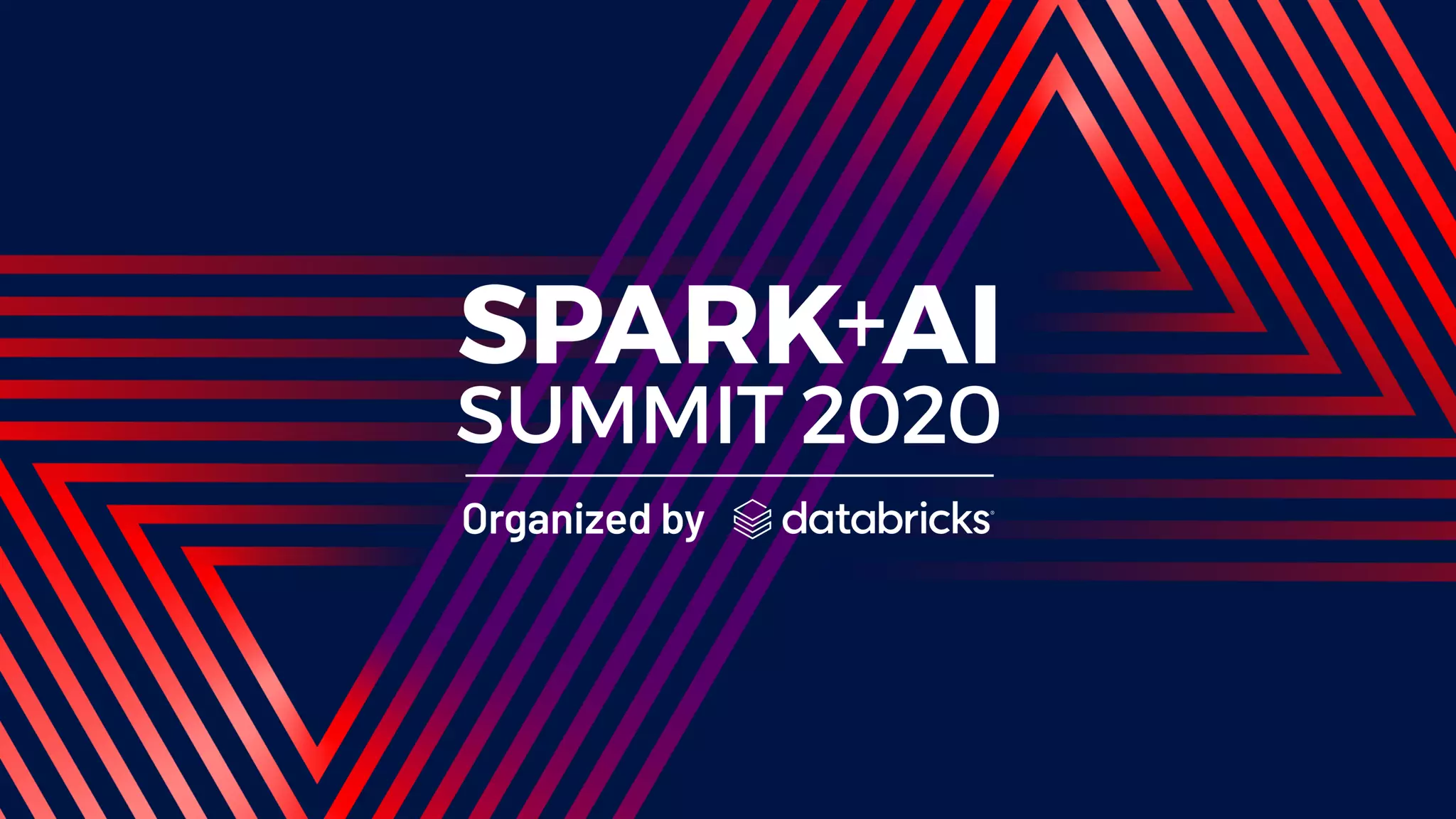
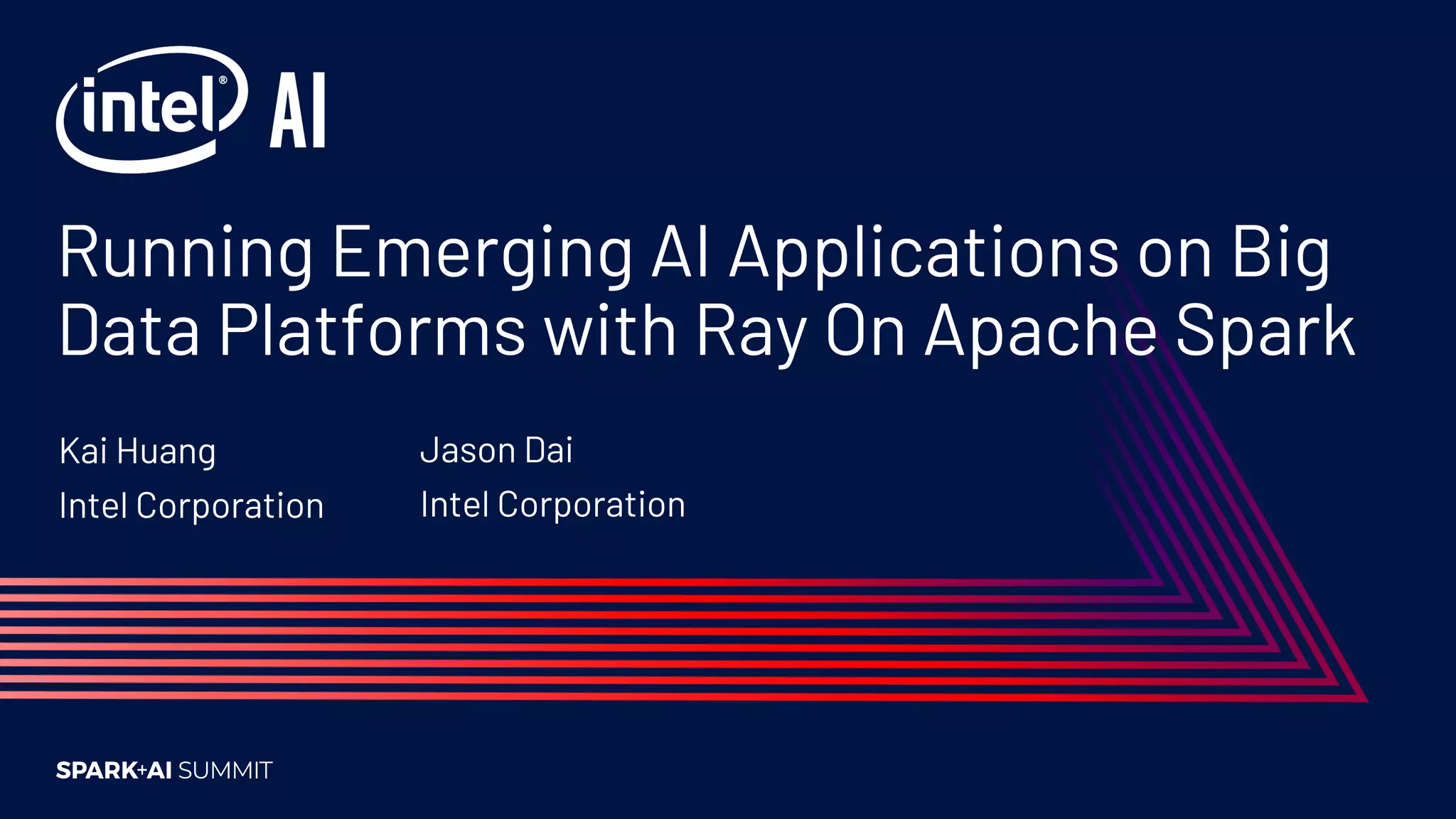
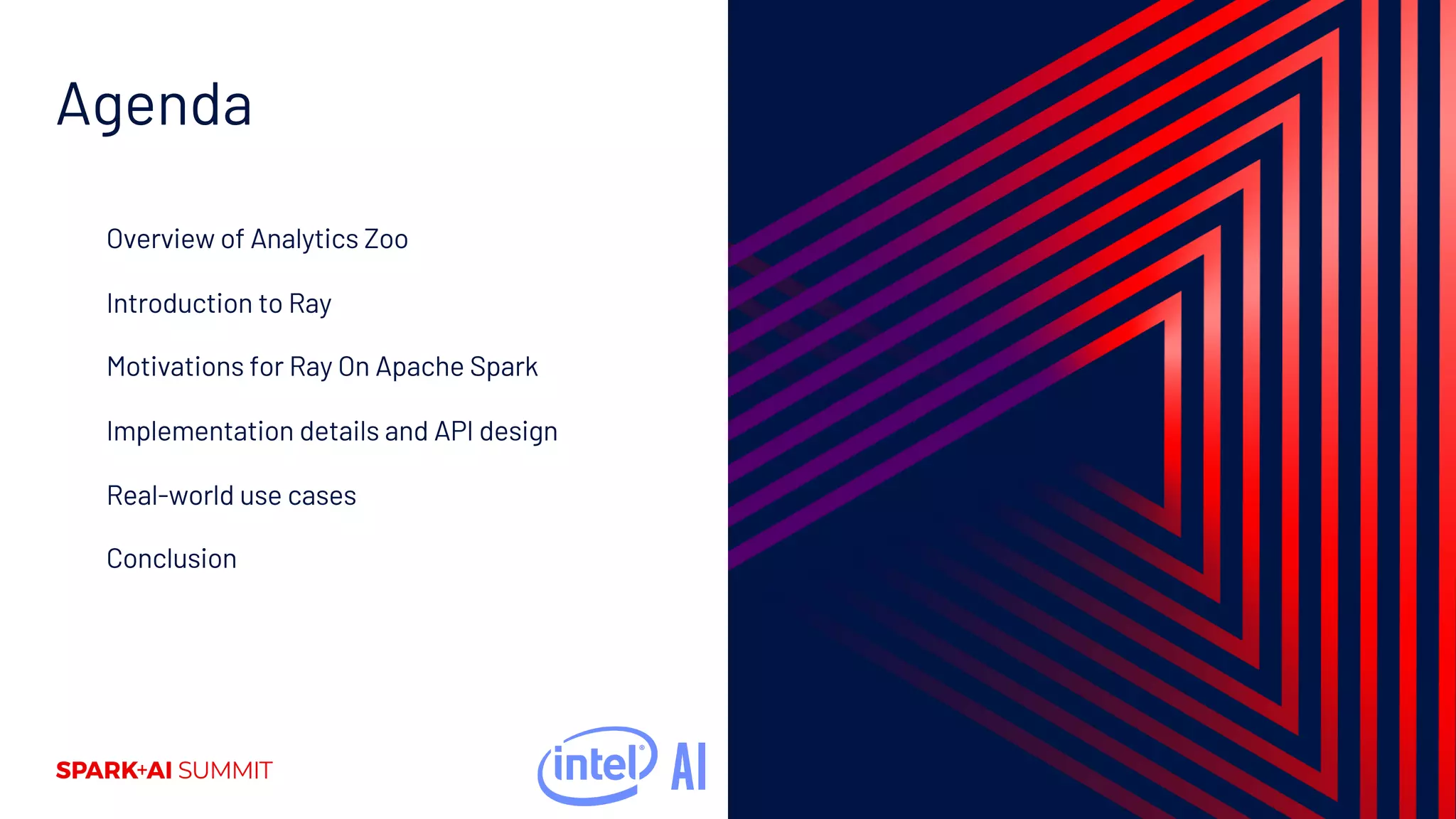
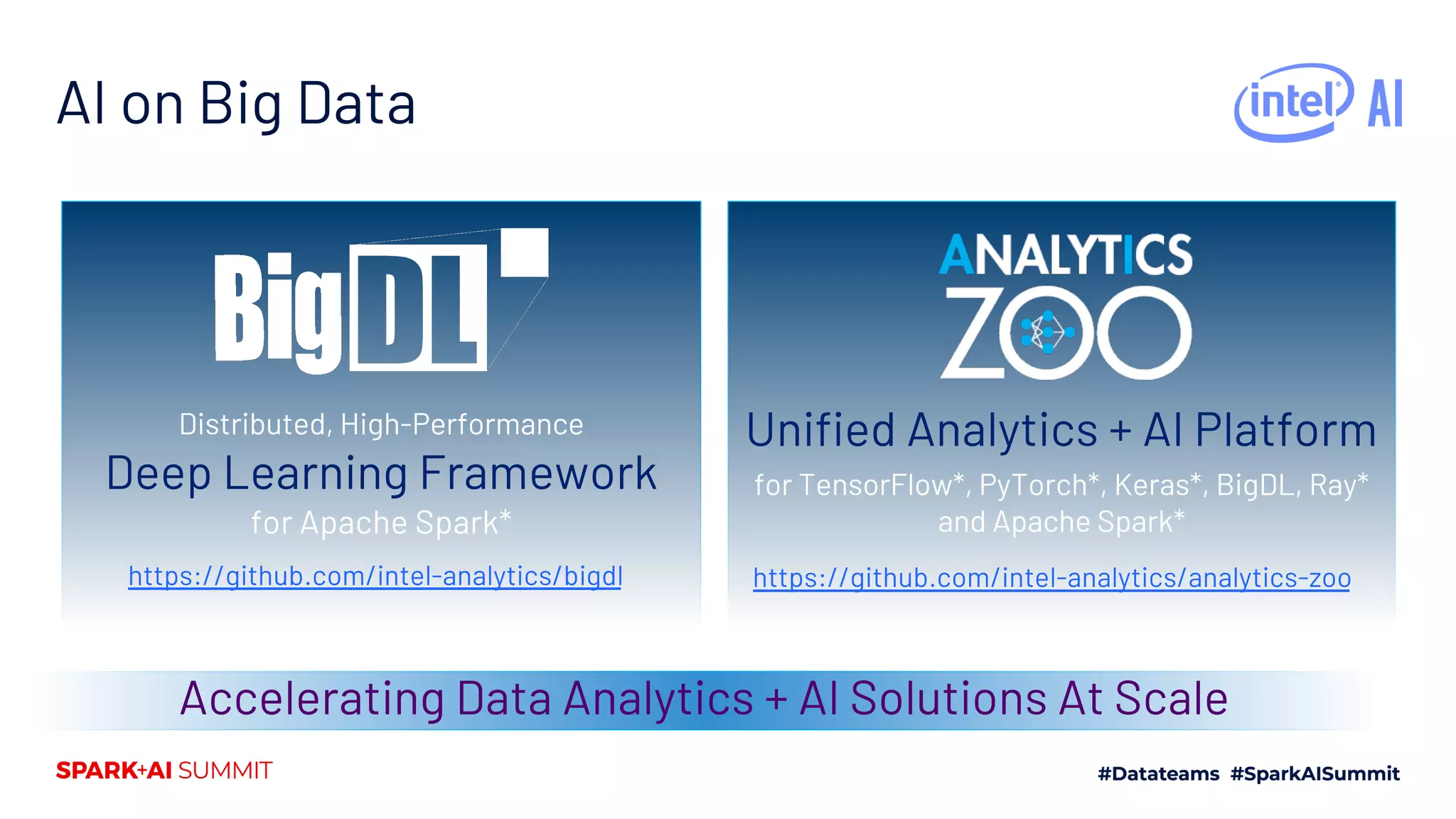
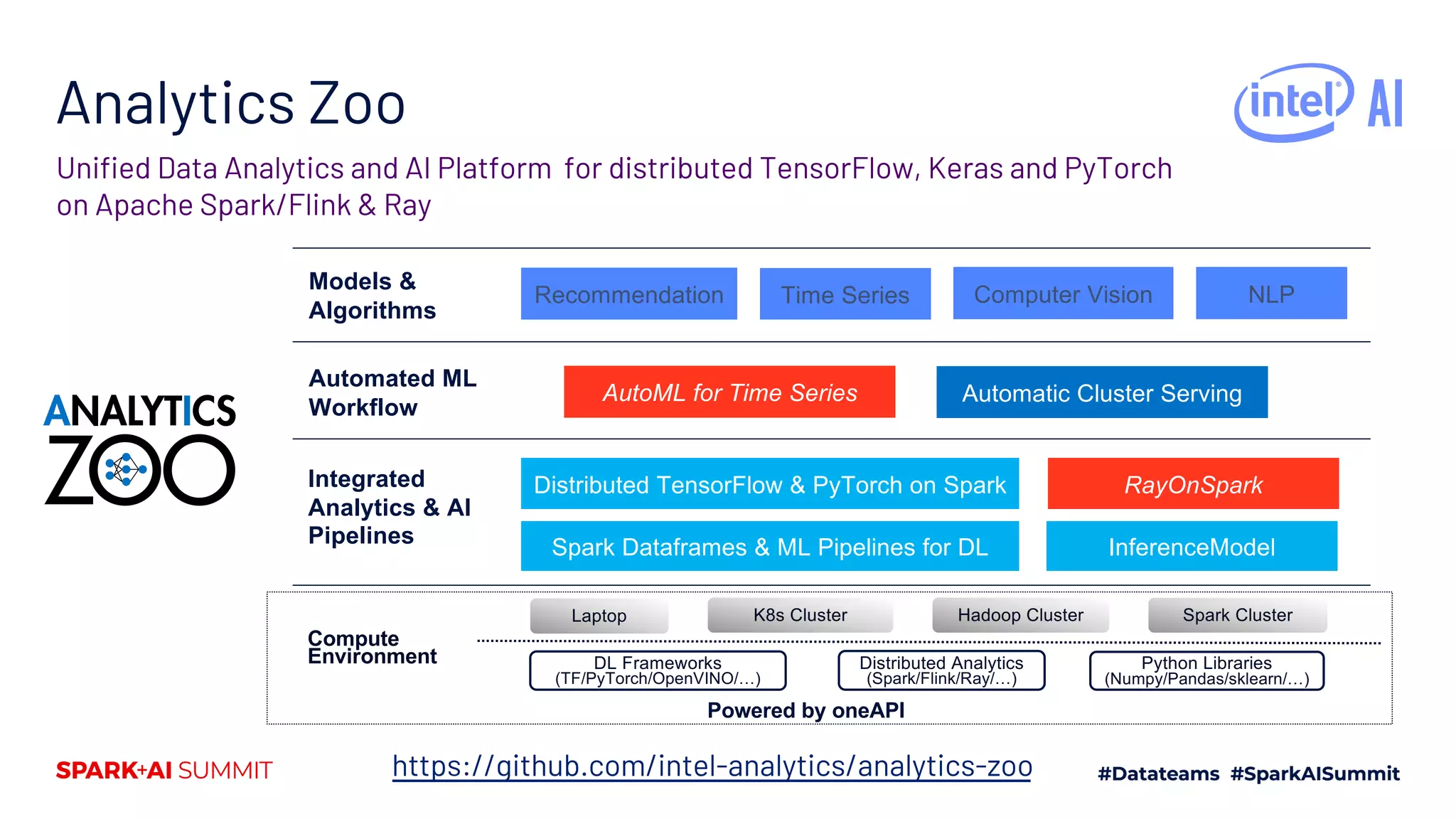
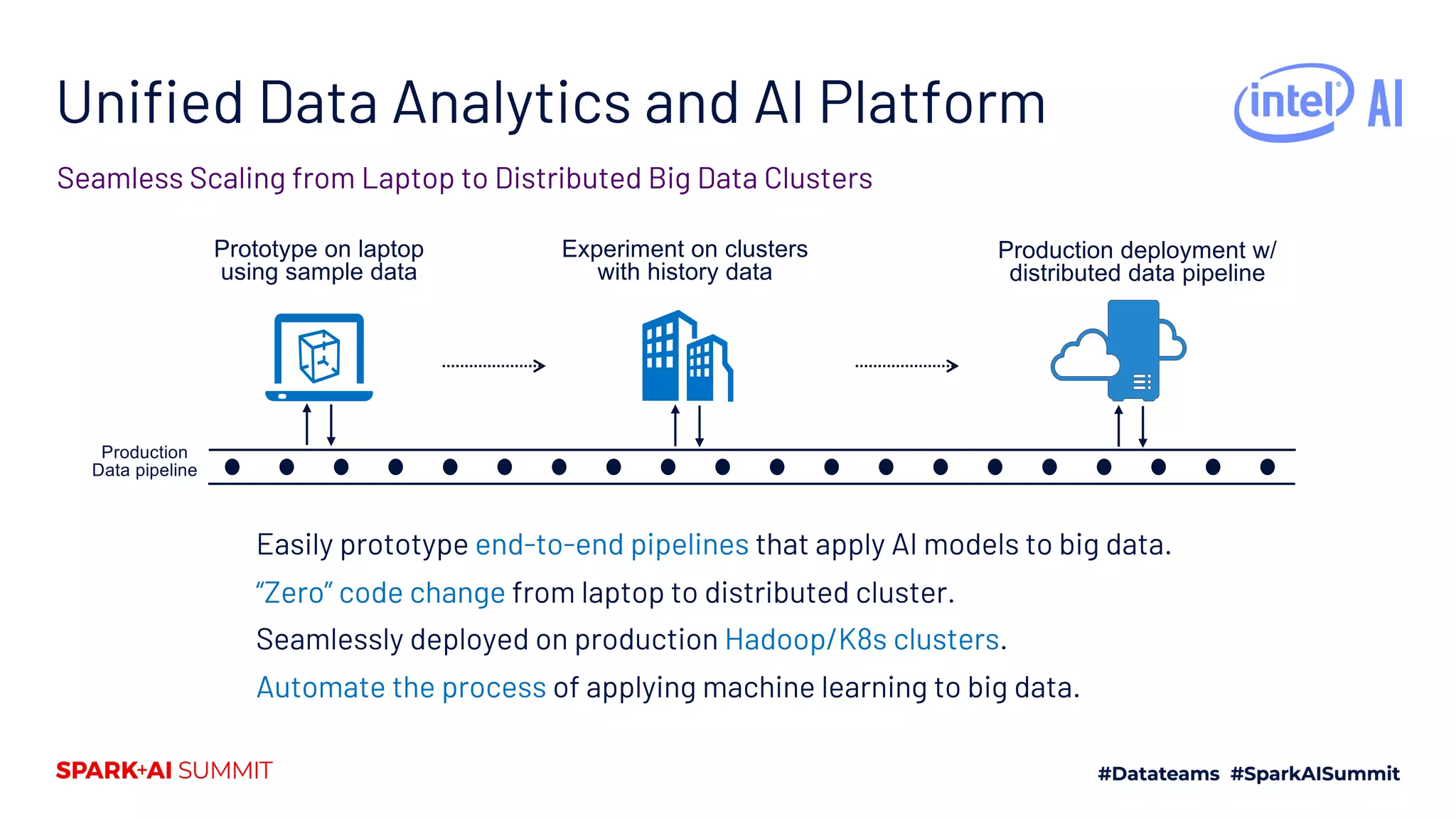
![Ray Ray Core provides easy Python interface for parallelism by using remote functions and actors. Ray is a fast and simple framework for building and running distributed applications. import ray ray.init() @ray.remote(num_cpus, …) def f(x): return x * x # Executed in parallel ray.get([f.remote(i) for i in range(5)]) @ray.remote(num_cpus, …) class Counter(object): def __init__(self): self.n = 0 def increment(self): self.n += 1 return self.n counters = [Counter.remote() for i in range(5)] # Executed in parallel ray.get([c.increment.remote() for c in counters])](https://image.slidesharecdn.com/235kaihuangjasondai-200707200514/75/Running-Emerging-AI-Applications-on-Big-Data-Platforms-with-Ray-On-Apache-Spark-7-2048.jpg)
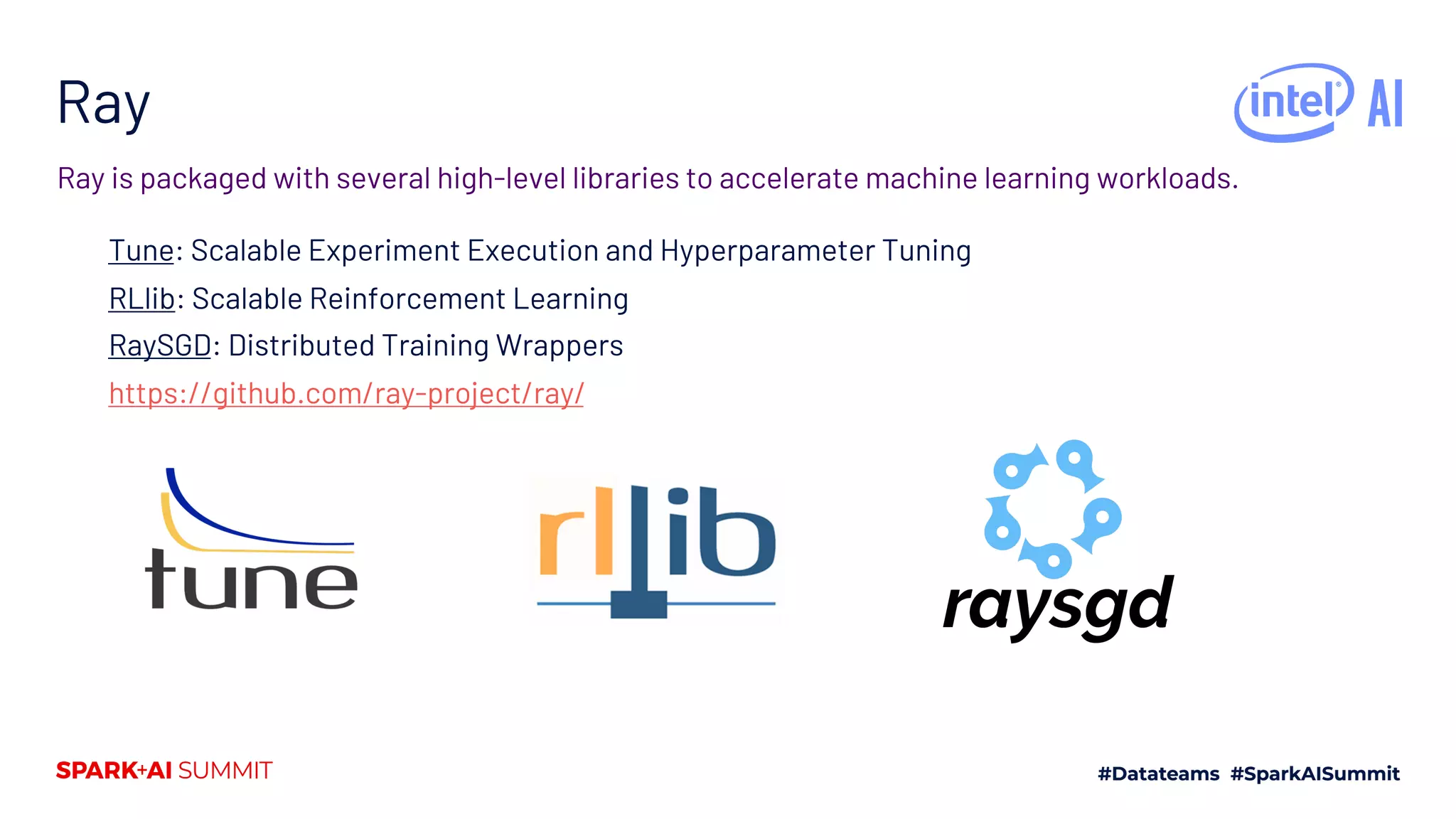
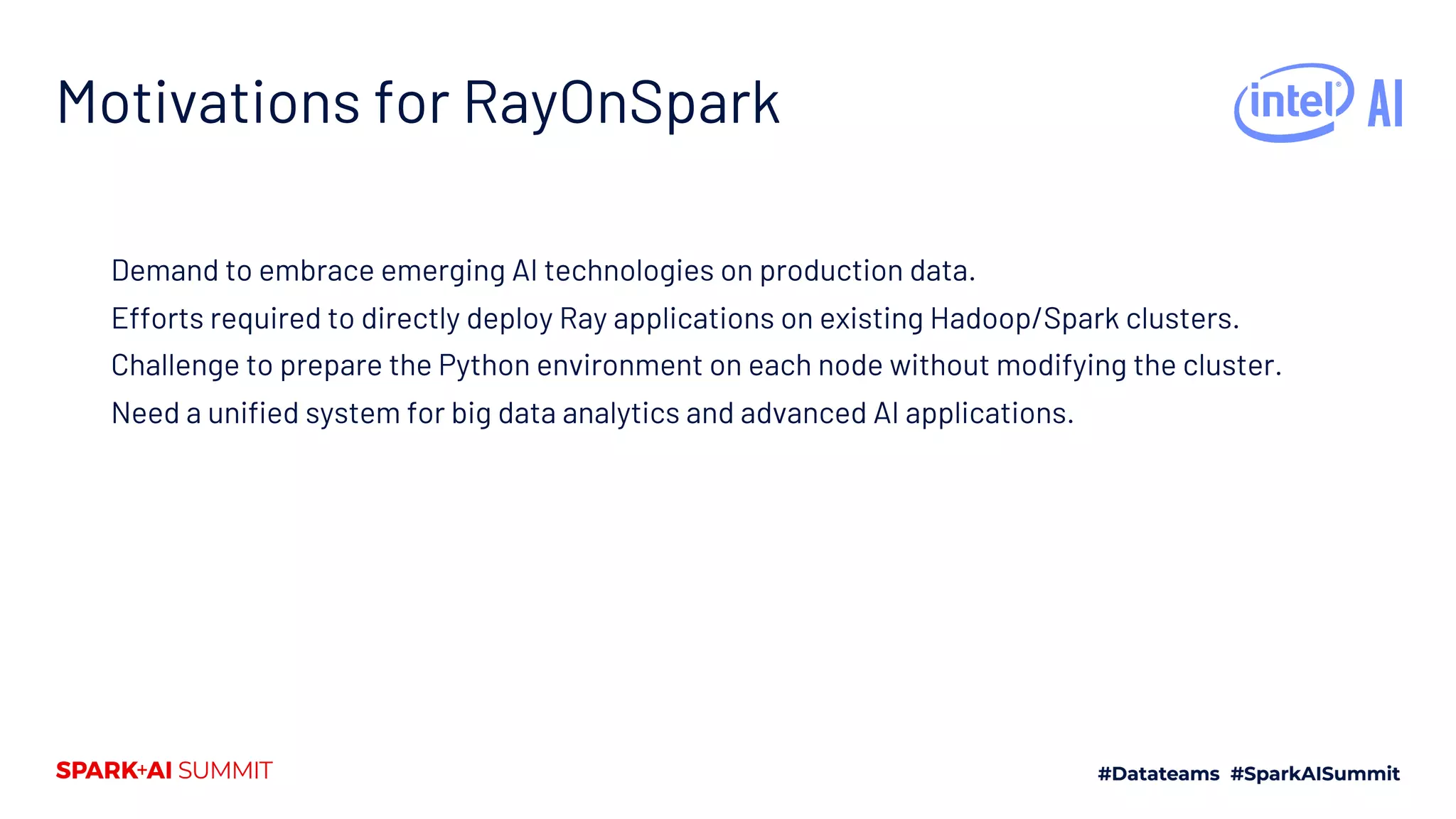
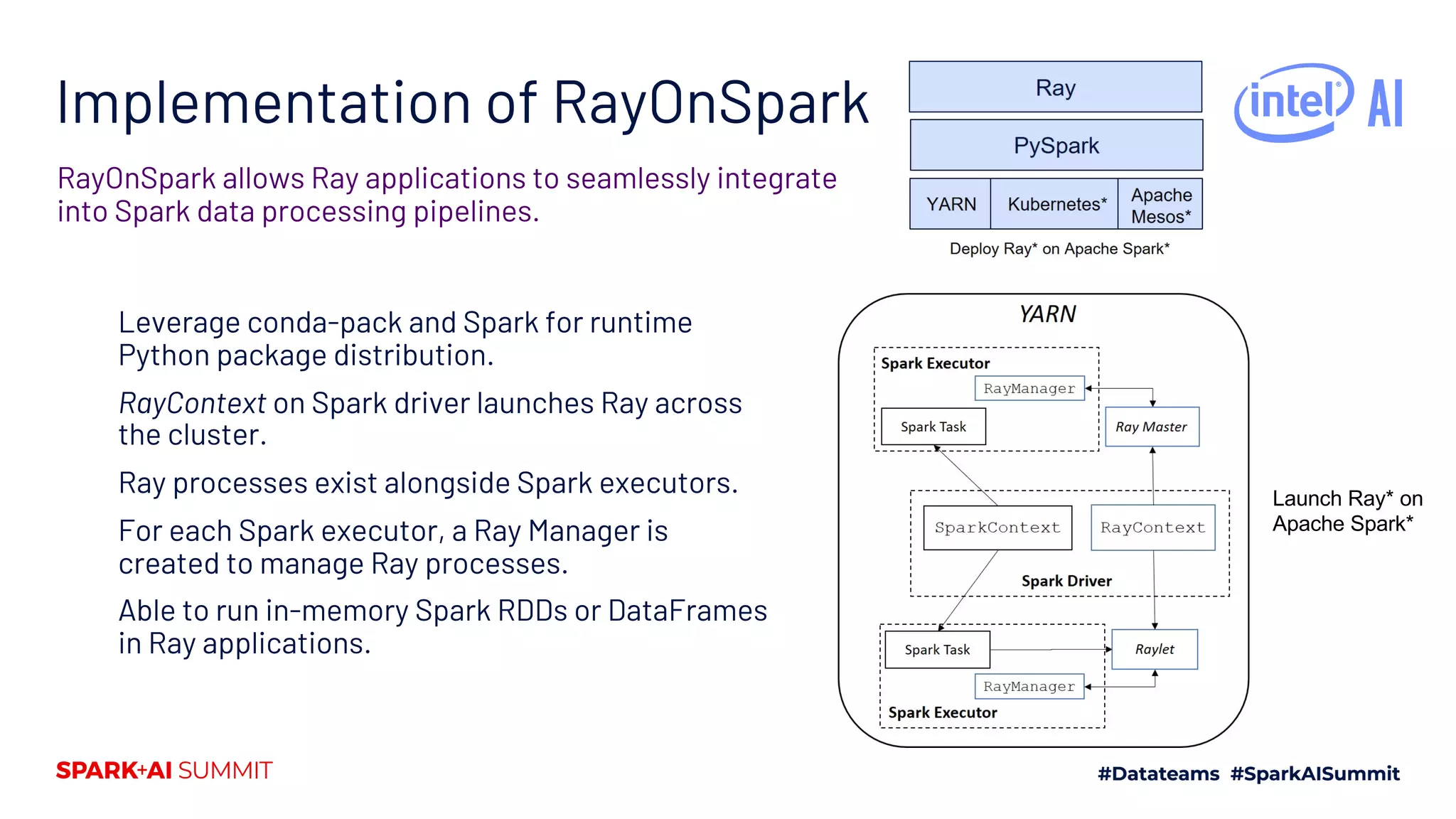
![Interface of RayOnSpark Three-step programming with minimum code changes: Initiate or use an existing SparkContext. Initiate RayContext. Shut down SparkContext and RayContext after tasks finish. More instructions at: https://analytics- zoo.github.io/master/#ProgrammingGuide/r ayonspark/ import ray from zoo import init_spark_on_yarn from zoo.ray import RayContext sc = init_spark_on_yarn(hadoop_conf, conda_name, num_executors, executor_cores,…) ray_ctx = RayContext(sc, object_store_memory,…) ray_ctx.init() @ray.remote class Counter(object): def __init__(self): self.n = 0 def increment(self): self.n += 1 return self.n counters = [Counter.remote() for i in range(5)] ray.get([c.increment.remote() for c in counters]) ray_ctx.stop() sc.stop() RayOnSpark code Pure Ray code](https://image.slidesharecdn.com/235kaihuangjasondai-200707200514/75/Running-Emerging-AI-Applications-on-Big-Data-Platforms-with-Ray-On-Apache-Spark-11-2048.jpg)
